What is Feasibility Study in Project Management?
What are the benefits of conducting a feasibility study? A feasibility study is done to understand if the practicality of a proposed project or system is economically feasible or not. Executives and board of directors want to see a feasibility study report before deciding to undertake a project that involves thousands of resources and costs millions of dollars. If a major mistake made in the decision stage, it could affect the future performance of the organization. Therefore, developing a feasibility study report is key to understand the project’s potential for success. In this article, we will discuss the types of feasibility study in project management.
Table of Contents
What is a Feasibility Study?
Professionals working in the field of project management or business development often ask the following questions below;
- What is a Feasibility Study in Project Management?
- Why is it Important for Project Management?
- How to conduct a Feasibility Study for a Project?
As the name suggests, a feasibility study is conducted to determine the practicality of an idea or a proposed plan. It is typically conducted before starting any phases of a project. It outlines the market conditions, key project objectives, opportunities, alternative solutions, potential bottlenecks, in a word the chance of the project.
For example, an organization may conduct this study to ensure if a project is operationally and technically feasible as well as economically applicable. The result of this study summarizes the advantages and disadvantages to support decision making and demonstrate if the project is doable or not.
There are many factors that affect a project’s successful completion. Some projects require many different types of resources that may cost too much to the organization considering the payback period of the project.
A properly created feasibility study report provides inputs for decision-making as well as the historical background of the business or project. For example, the board of directors of a corporate needs the details of the product, marketing research, financial data, legal requirements, and tax obligations to decide if a project is feasible or not.
Before starting a project, a project manager often reviews the feasibility study to understand the key project parameters, business objectives, and potential threats.
A Feasibility Study Report Answers the Following Questions
A feasibility study in project management deals with a number of questions regarding the technical competence of the company, budget of the project, operational efficiency, duration, etc. Below are a few of them;
- Does the company’s technical competence enough to overcome project challenges?
- Does the company have sufficient funds to conduct project works?
- What are the legal provisions related to the project?
- What kind of risks can exist in undertaking the project?
- Does the proposed scope meet the organization’s objectives and stakeholder’s requirements?
- Can the project be completed on the proposed time?
Steps in Conducting a Feasibility Study in Project Management
There are a number of steps to be followed while conducting a feasibility study.
1. Conduct a Preliminary Analysis to begin Feasibility Study
The aim of conducting a preliminary analysis is to describe the project ideas, outline the market conditions, and determine the obstacles before making an investment. Depending on the information obtained from this step, you can decide if the idea has potential. If there are no major roadblocks, you can proceed to follow the next steps.
2. Create a Projected Income Statement
Estimate what the income of the project would be and what investment is required the provide the estimated income. This is the first step of creating a projected income statement. Make analysis and calculations regarding the cost of the required services to generate the revenue.
3. Conduct a Market Research
Conducting a market research is one of the most important steps of a feasibility study. A market research can be performed either by an expert internal to the organization or an outside firm. The aim of conducting a good survey is to make a proper projection of the incomes.
A narket research is an extensive study that considers the population trends, demographic features, volume of the market, opportunities, location, etc.
4. Plan Business Organization and Operations
Business organizations and business operations are planned in an adequate level of detail at this step to determine the technical abilities of the organization and the costs of operations.
5. Create an Opening Day Balance Sheet
An opening day balance sheet is a chart that includes Prepaid Expenses, Other Assets, Current Liabilities, and the Owners’ Equity to calculate total assets and liabilities on the first day of the business before it generates income.
An opening day balance sheet demonstrates your company’s overall capital structure. It includes financial ratios to assess the project’s financial position.
6. Review and Analyze the Feasibility Study
Review all the work completed at the previous steps and make sure you include all the necessary information and nothing requires changing. Compare the charts and information that are included in the previous steps to each other and make sure everything is consistent. Analyze the risks that may occur in the course of the project.
7. Make “Go/No Go” Decision
Depending on the information provided in the previous steps, make a decision about whether the option is feasible or not. If all the preceding steps have been completed thoroughly, you would have enough inputs to support your decision-making process.
Five Types of Feasibility Study in Project Management
A feasibility study evaluates a project’s chance of success in project management. Therefore potential investors first check if the study is created from an objective perspective. Here below you can find five types of feasibility studies.
1. Legal Feasibility
Legal feasibility is an analysis performed to understand if the proposed plan conforms to the legal and ethical requirements. These requirements may involve zoning laws, data protection acts, or social media laws, etc.
For example, your company is planning to open a branch in a new region. According to the studies you recognize that the country does not allow an individual foreigner owning a property. Therefore you select the rental option instead of buying.
2. Economic Feasibility
An economic feasibility study involves a cost benefits analysis to identify how well, or how poorly, a project will be concluded. You calculate the expected monetary value of each cost and benefit separately to decide if the project is economically feasible or not.
For example, your company is planning to perform a housing project on the west coast of the city. In order to understand if the project is economically feasible, you will calculate the duration, cost, and income of the project. If the calculations demonstrate a short payback period, the board of directors will decide to undertake the project.
3. Technical Feasibility Study
Technical feasibility is a broad concept that can be applied to a software development project, pipeline construction project, or a military project. Each project requires different technical specifications and standards. Technical feasibility is the process of validating the technical resources and capabilities to convert the ideas into working systems.
For example, your company is planning to improve the current network infrastructure. You analyzed the new system and concluded that the new system can use the organization’s existing network infrastructure. This shows that a new system is technically feasible.
4. Operational Feasibility Study
Operational feasibility is performed to understand well a proposed system solves the problems. From this aspect, operational feasibility studies are critical for system engineering and affect early design phases.
For example, your company has undertaken a project to build a new theme park for a client. Then you performed a study to determine how the theme park will operate in a way that is conducive to its inhabitants, parking, dining, human flow, accessibility. This can be an example of operational feasibility.
5. Scheduling Feasibility (Time Feasibility)
Completing a project on time is very important from an investor’s perspective. Scheduling feasibility is a measure of how reasonable the project duration is. If the project takes longer than estimated, investors will have to bear extra costs.
For example, an investor proposed a hotel construction project to your company. However, he requested that the project will be completed in one year. The project team conducted a feasibility study based on a list of requirements to complete the project on time.
After analyzing the legal, technical, economic, scheduling, and operational feasibility studies, you will identify any constraints the proposed project may face.
Simply put, a project may face internal and external constraints.
- Technical, technology and budget are an example of internal project constraints.
- Financial, marketing are examples of internal corporate constraints.
- Laws, regulations, and environments are examples of external constraints.
What are the Benefits of Conducting a Feasibility Study in Project Management?
Organizations need feasibility studies before starting a project or decide to make an investment. Because such decisions require allocating resources and spending money. A feasibility study might change or modify the project’s scope based on the inputs. Therefore conducting a study always helps to prevent the company from risks and uncertainties.
Below are some key benefits of conducting a feasibility study;
- Might uncover new ideas and opportunities
- Provides inputs to improve decision making
- Helps to prevent the project from risks
- Enhances the success rate of the project
- Lists the reasons to undertake the project
- Lists the reasons not to undertake the project
- Helps to define internal and external project constraints
- Measures the ability and possibility to complete a project successfully
- Emphasizes potential problems
- Helps to develop marketing strategies
Summary
Many organizations mistakenly skip the “feasibility analysis” step and go directly to perform the project. This leads to the failure of the project in most cases. Note that once decisions have been made to proceed without having a proper feasibility study, it is difficult to avoid potential losses. Therefore it is a good business practice to conduct a feasibility study and create a report for any type of project which involves risks and uncertainties.
What are your insights regarding common types of and benefits of the feasibility study? Share your experience with the community!
External References
See Also
A dedicated Career Coach, Agile Trainer and certified Senior Portfolio and Project Management Professional and writer holding a bachelor’s degree in Structural Engineering and over 20 years of professional experience in Professional Development / Career Coaching, Portfolio/Program/Project Management, Construction Management, and Business Development. She is the Content Manager of ProjectCubicle.

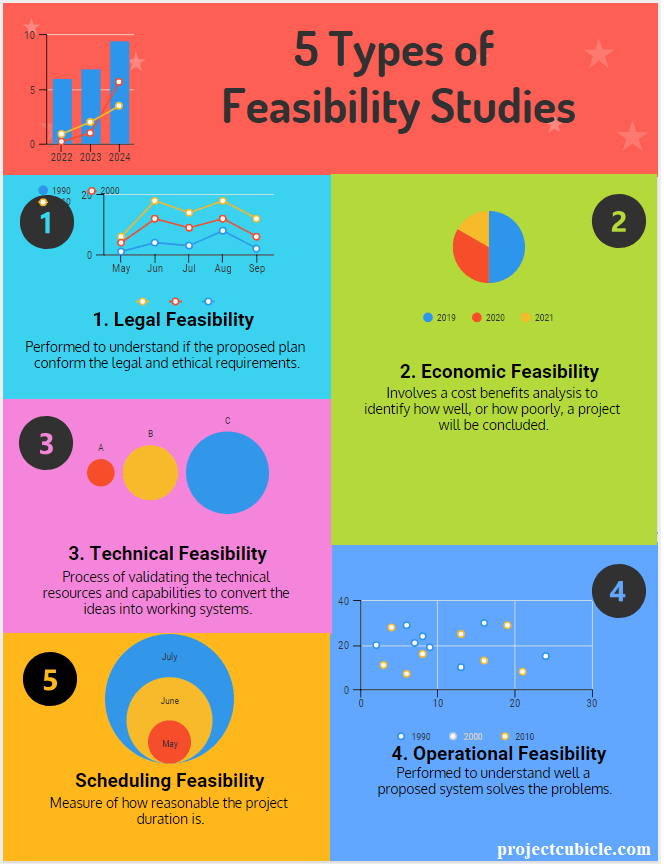
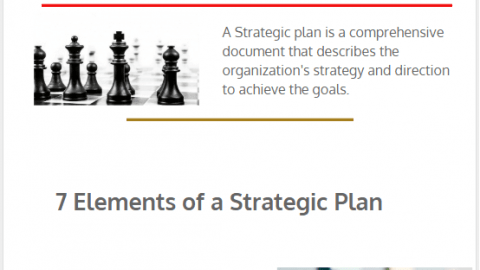
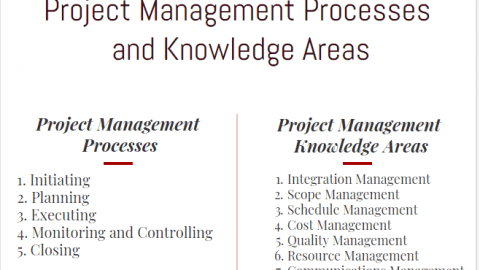
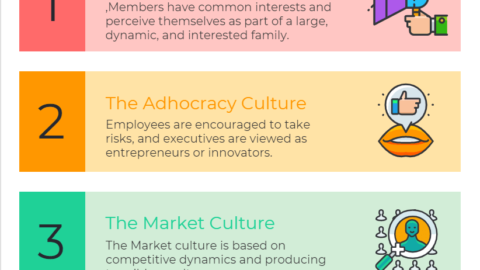


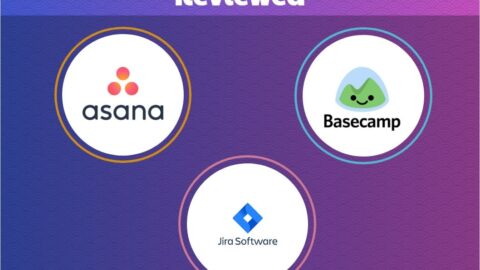
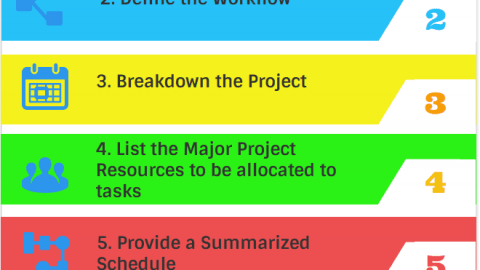
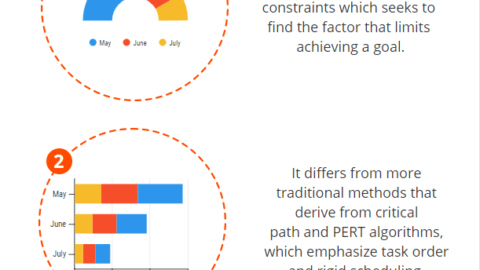

Great info !!!
Firstly, a project should be achievable economically. We must have enough budget for it and secondly, it should be original.
Hi there, everything is going fine here and ofcourse every one is sharing data, that’s really good, keep up writing.